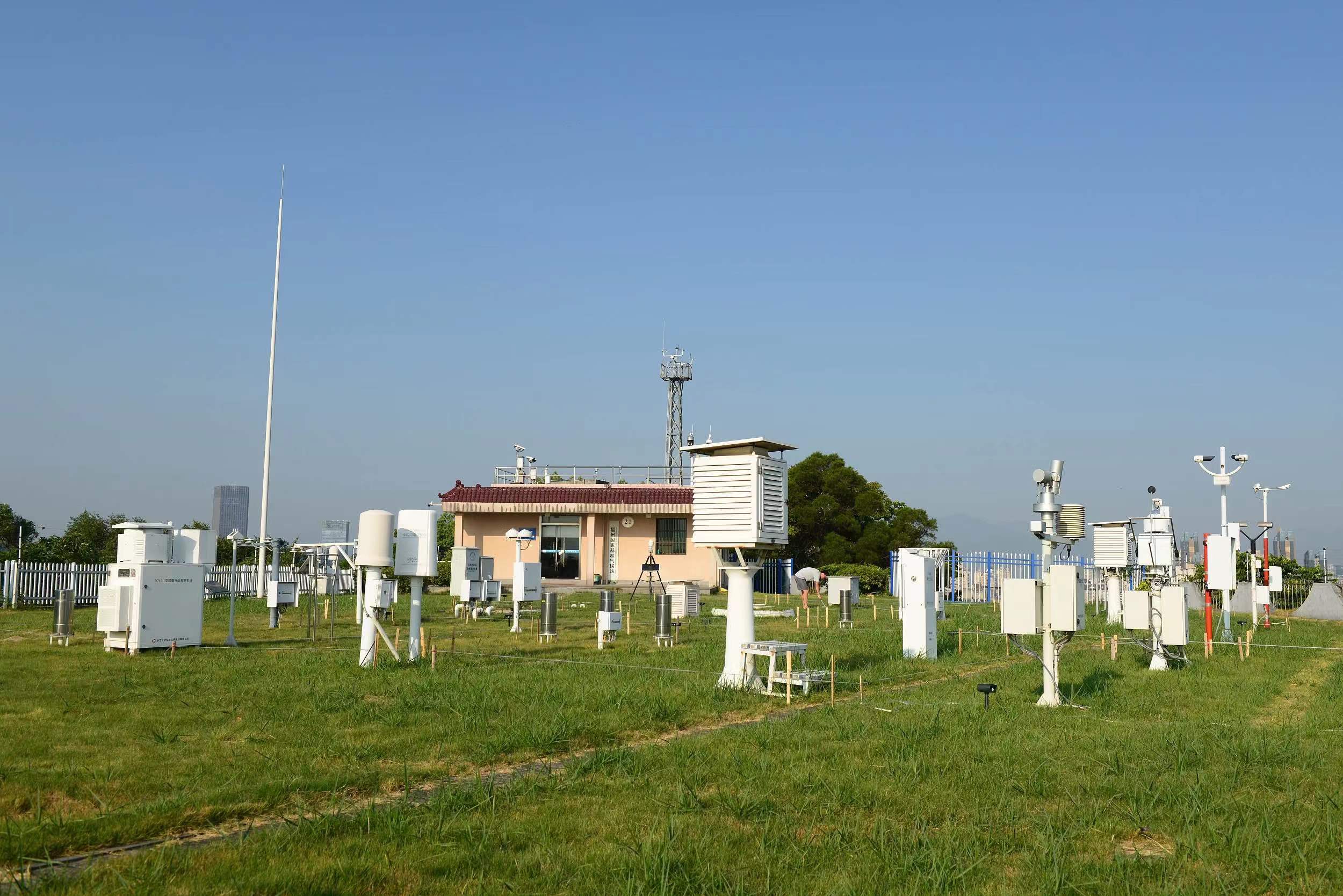
Photo shows a national benchmark climate station located on the top of Mountain Wu in Fuzhou city, Fujian province. (PHOTO: VCG)
By?CHEN?Chunyou
In recent years, the changes in ecological environment have adversely affected the survival of humankind. To help understand this trend, many countries have carried out comprehensive studies on the relationship between humans and nature, and between geosphere and biosphere, as well as their impact on global changes.
Researchers found that single observation site, and local and discontinuous observation data are no longer suitable for analyzing the development and changes of land ecosystems and their impact on global climate change. It is therefore necessary to establish a networked observation system integrating data from a single watershed, a region, and even a nation, so as to produce more precise data that can be used in research and decision-making.
According to a recent plan released by the National Forestry and Grassland Administration, China has decided to build an additional 90 land ecosystem observation stations, bringing its total number of such stations to 310 by 2025 and forming a network of national land ecosystem observation stations with global influence.
The observation stations will be set up and distributed via eight categories, namely forest, grassland, wetland, desert, urban areas, farmland protected forest, bamboo forest and national parks, said the plan.
The plan outlines methods for strengthening the information collection and sharing capabilities of these newly built stations. More efforts will be made to improve basic infrastructure, such as observation instruments and facilities, and enhance the real-time transmission of data.
In addition, the observation stations older than 10 years will get support in upgrading old instruments, to improve their ability in automatic high-accuracy data collection and data transmission.
In response to major national and regional ecological issues, researchers will rely on these observation stations to conduct long-term positioning observations and research, and regularly release observational data and evaluation reports on the land ecosystem, so as to serve the high-quality development of the forestry and grass industry, said the plan.
Large language model, "Huashan", specifically applied in the aerospace field for the first time, was launched at the 2024 China Satellite Application Conference.
